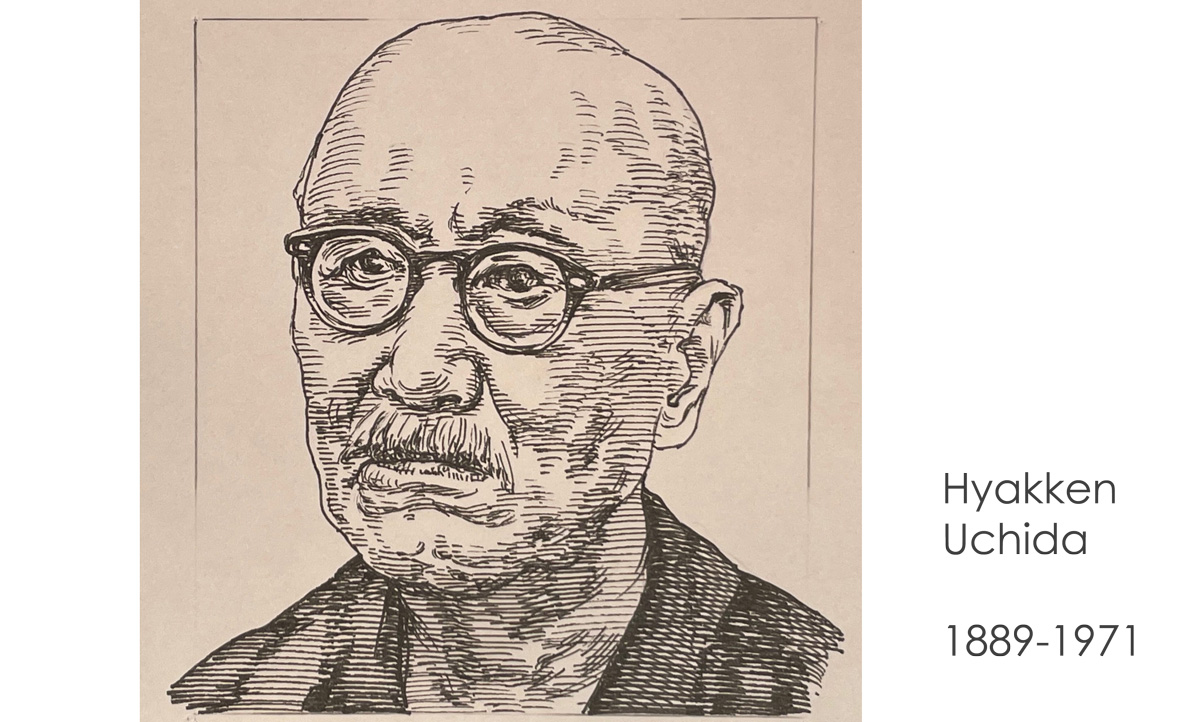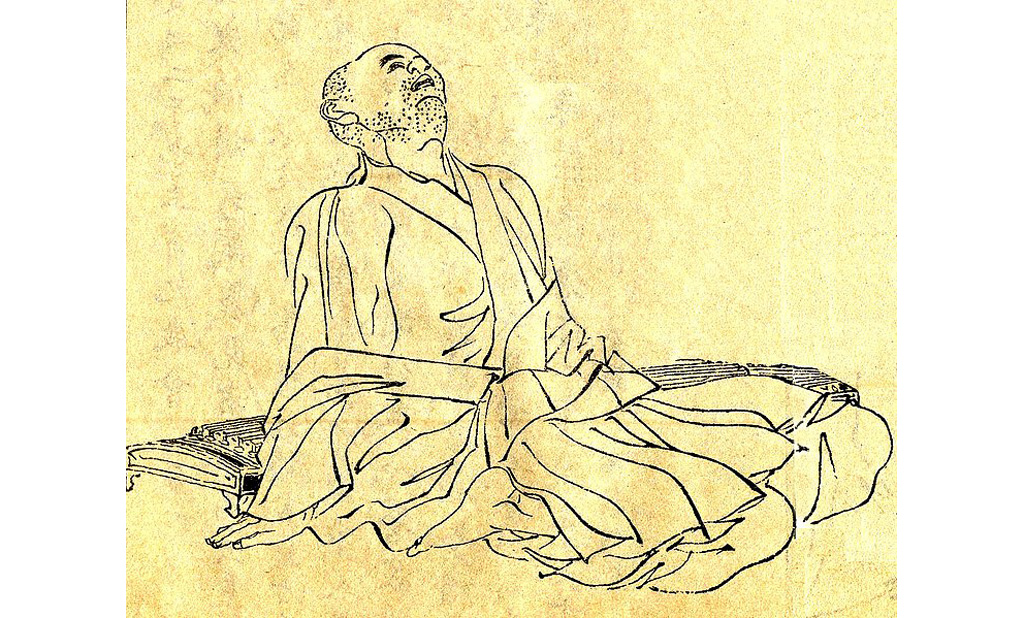Ibana no shiro usagi
The White Rabbit of Inaba (因幡の白兎) is a character from two Japanese myths.
According to the story told in the Kojiki, the White Rabbit lived on the island of Oki. One day he decided to leave his island and go on land. To do this, he devised an artificial bridge. He challenged a crocodile to a comparison, because he wanted to know which of the two of them had more relatives. In order to count the crocodiles, the rabbit suggested that they lined up in a long line in the water from the island to the mainland. The rabbit jumped on the crocodiles and, counting the reptiles, crossed the water. When the rabbit jumped from the last crocodile onto land, he confessed his trick. The angry crocodile snapped at him and tore the fur from his body.
On land, the naked rabbit met the 80 brothers of the god Okuninushi, who were on their way to look for a bride. They advised the rabbit to bathe in sea water and lie down on a high rock. When the rabbit followed their advice, the sea salt dried on his skin and it became cracked. Okuninushi, who had followed his brothers, told the rabbit how to heal himself. He should bathe in clean water and wrap himself in the wool threads of the swamp plants.
In the film, this god is called Daikoku-sama (also Daikokuten) and the Sensei compares himself to the naked rabbit because of his extreme sensitivity.
Daikokuten came to Japan from India via China. In the Heian period, the imagination of Daikokuten merged with those of Okuninushi.


